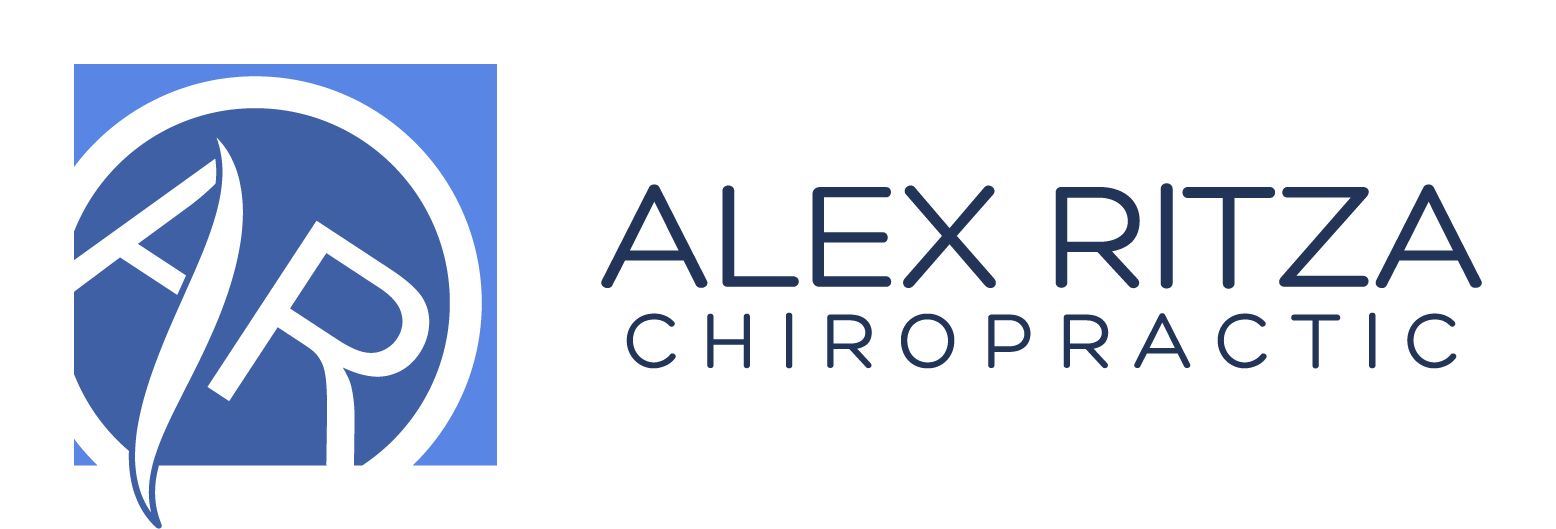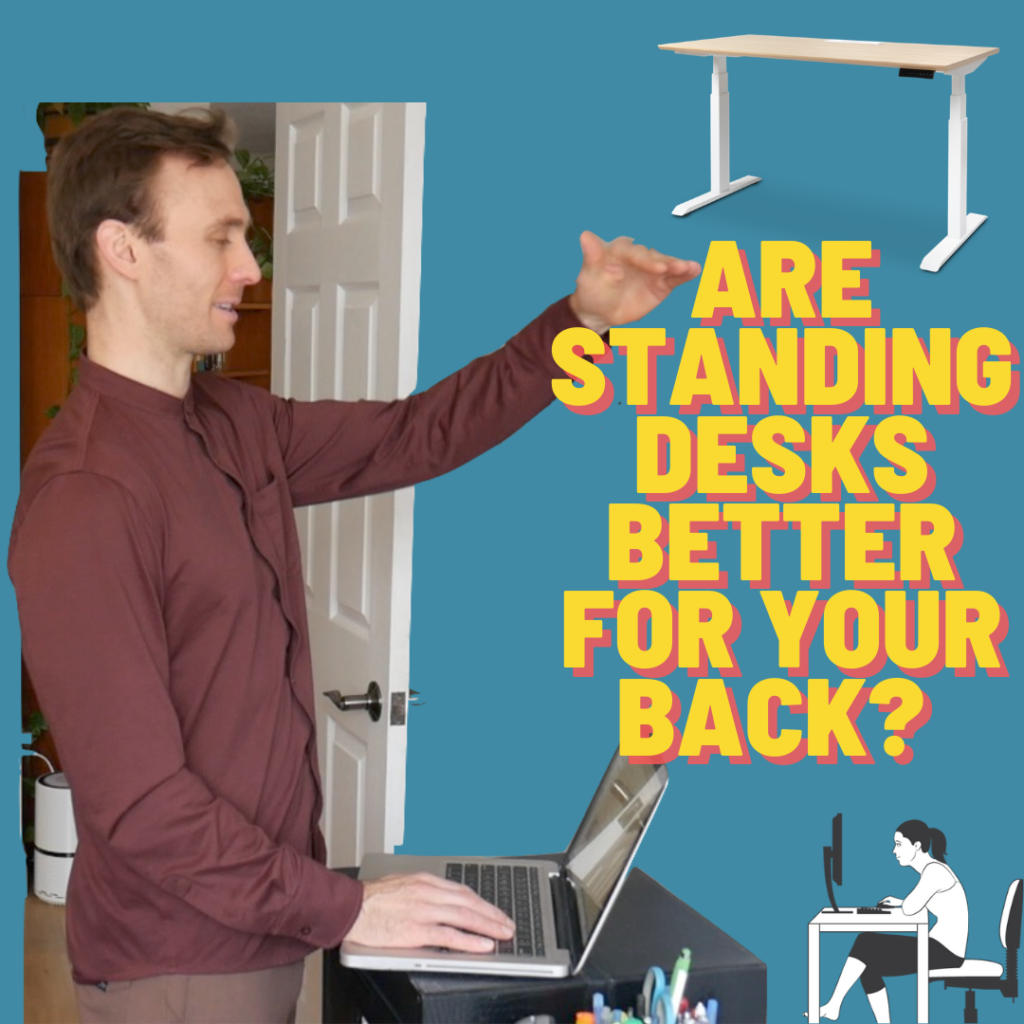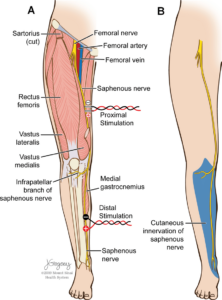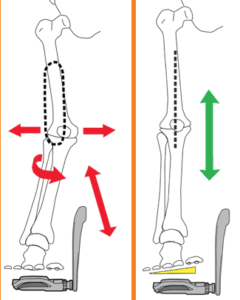Should I Get A Standing Desk?
“Should I get a standing desk?” or “Will a standing desk help my spine” are some of the most common questions we field in the office when it relates to working from home and the massive shift away from our optimized ergonomic office setups.
The short answer is ‘YES!”, but there is a catch so don’t stop reading quite yet as the “why” behind the “yes” is important
Why Standing Desks Are Typically Recommended
The three principles that we teach patients so that they can take better care of their spine at “the office” and manage their spine health better are:
- MOVE EVERY 20-30 MINUTES to minimize repetitive strain on the tissues of the spine by varying your position
- BACK SHOULD BE SUPPORTED BY THE CHAIR to minimize activation of the spine muscles and again reduce repetitive strain on the tissues of the spine from constant activation
- EARS STAKED OVER SHOULDER to minimize anterior spinal shift and reduce the “sledgehammer effect” that strains the spine when the head is shifted and hangs forward.
Standing desks can help your spine health because they make it much easier to abide by these three principles as they allow for more movement and variation in position, make it easier to keep the spine stacked up and shift any stress/strain on the body to bigger and stronger core/gluteal muscles that minimize strain on the spine.
More specifically, standing desks help to:
- promote a more upright and better posture
- reduce the anterior head shift and forward shoulder roll
- reduce hip flexor tightness (these muscles are shortened when sitting)
- reduce gluteal dysfunction and weakness (the make the glutes and core work harder than while sitting)
- reduce overall neck and back pain (by abiding by the three principles discussed earlier
Standing Desks Are Not A Panacea But……
Standing all day will put different loads on different tissues than sitting. Standing desks do not completely eliminate strain on the body or the chance of repetitive strain injuries and pain associated with the office.
Keep in mind that they simply put different areas of the body at a lower risk of injury. When patients do not take breaks, move about or change positions at their standing desks, or have them set up incorrectly, we see different repetitive strain issues than we would see with continuous sitting; especially lots of low back pain, pelvic pain and foot pain.
However, if you can wear comfortable footwear or use a soft mat and can abide by the three principles of good ergonomics we discussed, a standing desk will almost certainly be a good investment for your spine and overall health.




